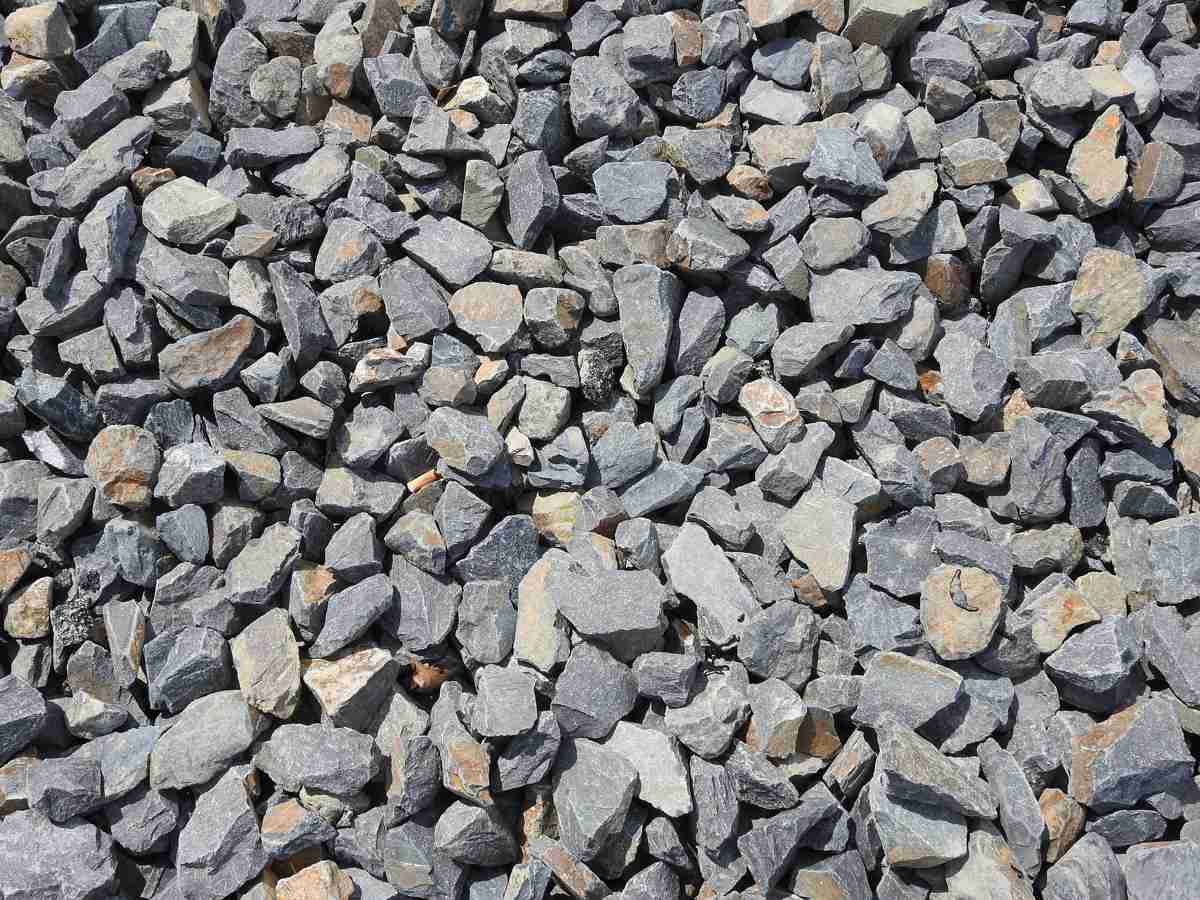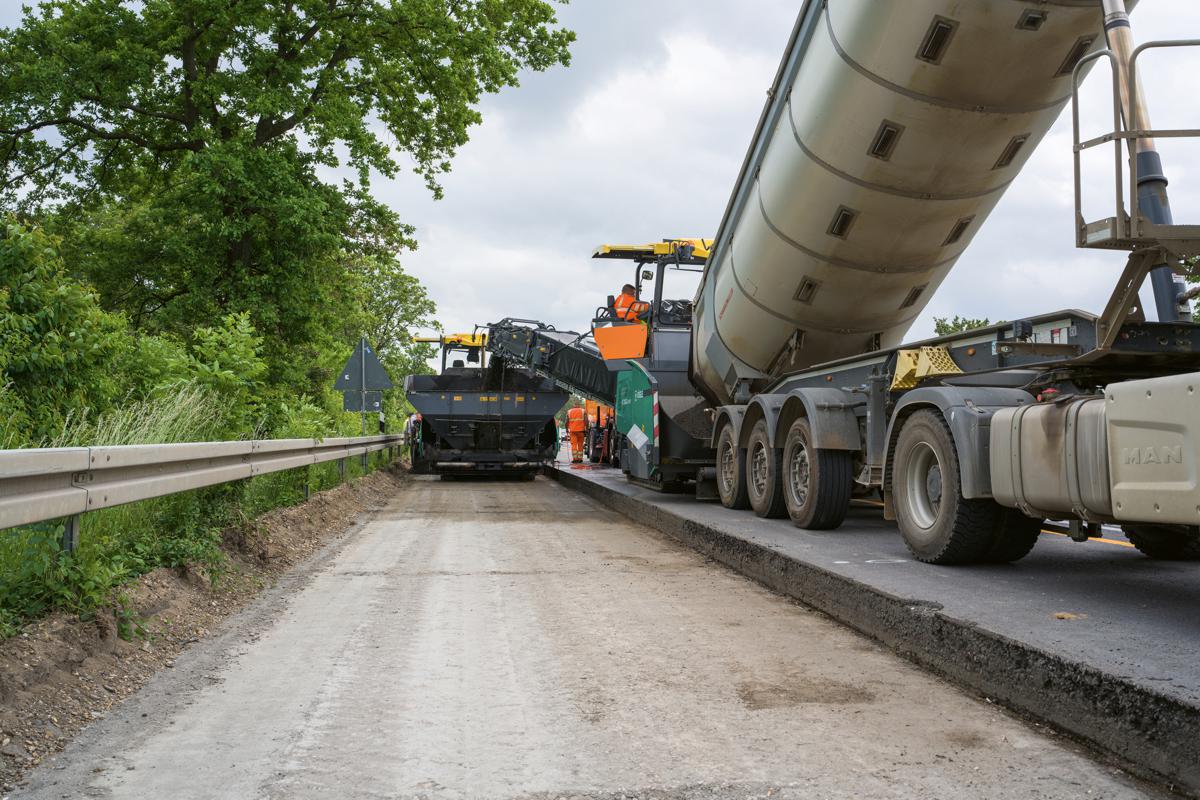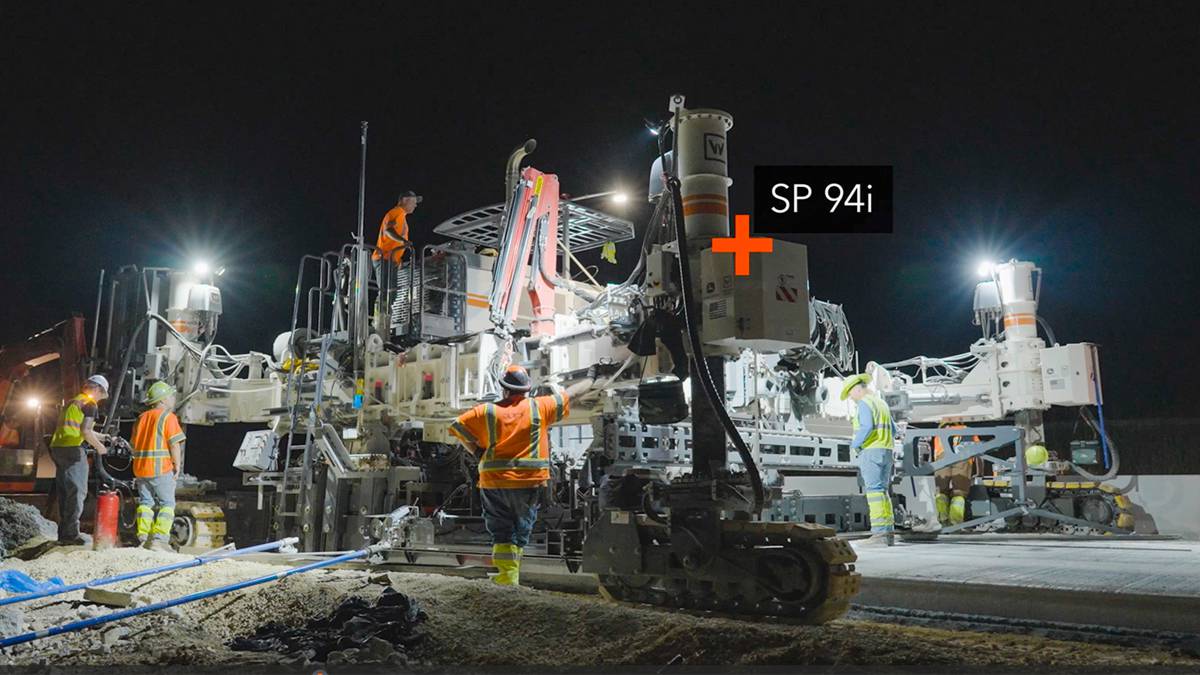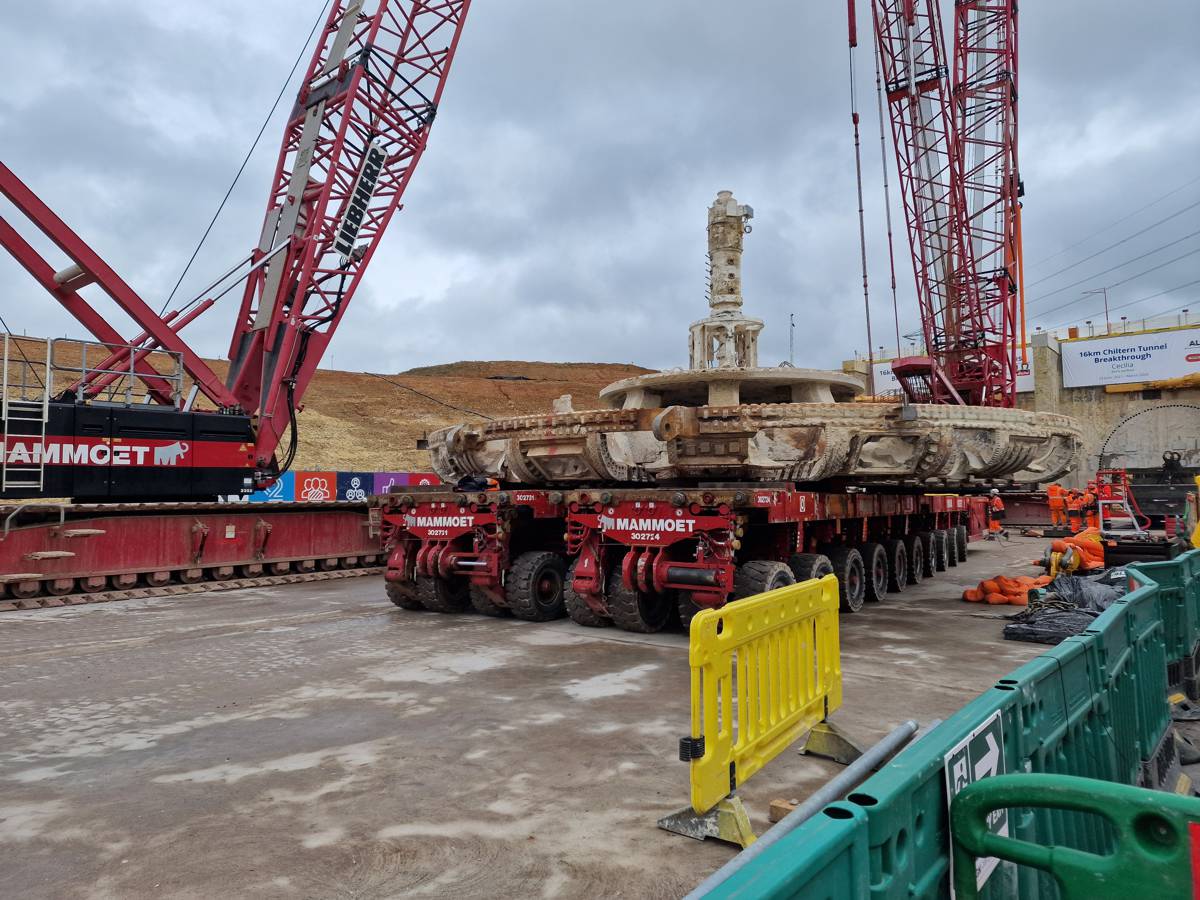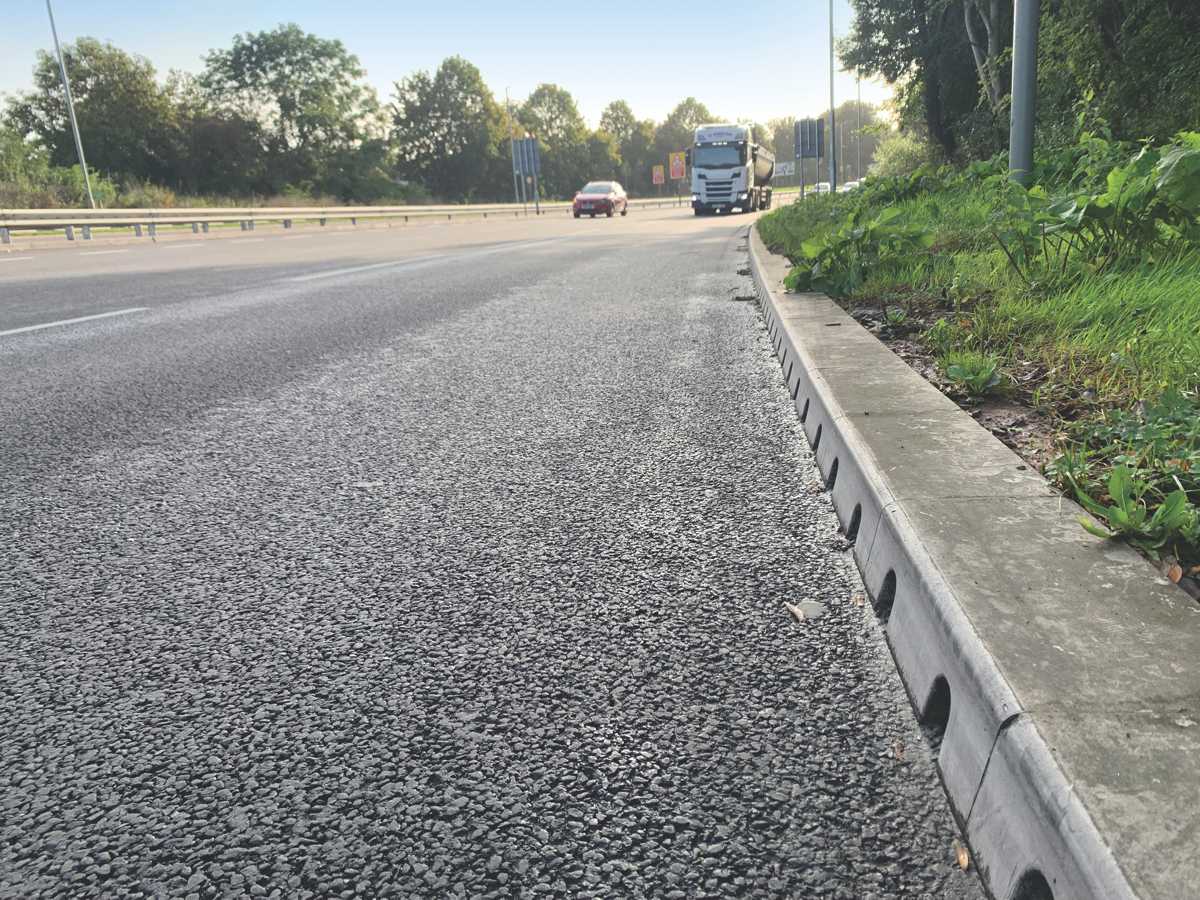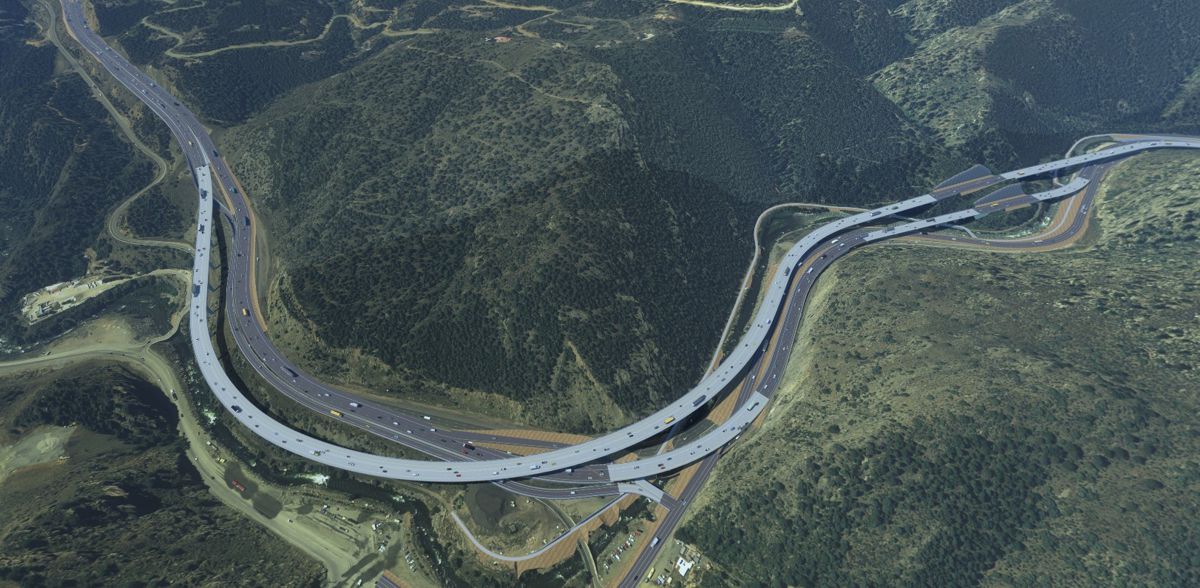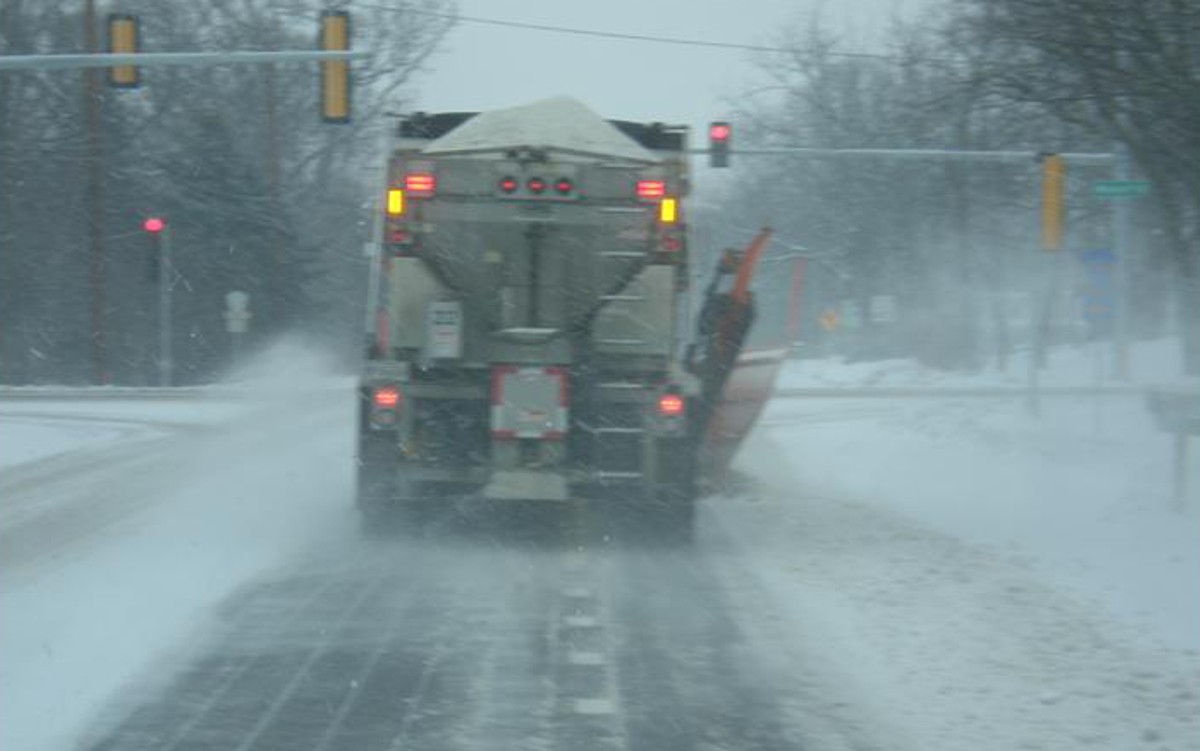Should we use Rubble Soakaways to manage excess water
With notoriously wet weather and endless rainy forecasts, England is no stranger to the odd downpour. This rainfall is mostly manageable, but some facilities must take further action to enable suitable drainage in order to negate the threat of flooding.
In fact, considering the shocking flash floods that devastated London over the Summer, it’s clear that a quick and sustainable solution must be available to all those who may be affected by overwhelming weather. This is where a rubble soakaway can save the day, by transforming company efficiency, even when it’s raining.
John Rodgman, managing director at the leading geotechnical drilling firm, Borehole Solutions, has provided his professional insight into the benefits of rubble soakaways and why the UK should be using them to manage excess water.
What is a Rubble Soakaway?
Before diving into the benefits, it’s important to start with the basics. A rubble soakaway is quite simply a hole dug into the ground and – as the name suggests – filled with rubble and stone. This allows a gradual filtration of the surface water, back into the earth.
A pipe will run from the area where there is excess water into the soakaway; acting like a roof gutter to help minimise the risk of flooding. This is a highly efficient method of dealing with excess surface water – also known as runoff water – as well as being considerably more eco-friendly than alternative methods.
Low Environmental Impact
One hugely important benefit of the rubble soakaway, especially in the current climate, is it’s function as a drainage solution with a significantly low environmental impact. This is thanks to the very few materials and resources it takes to build one. A rubble soakaway allows you to avoid the need for extra processing, or to add to the busy sewerage systems, as it will automatically filter the water into the necessary areas. Further to this, the runoff water is far less likely to become polluted before permeating the ground, as chemical treatments are completely avoided prior to it’s return to the ecosystem.
Sustainable Flood Management
Rural areas typically benefit the most from a rubble soakaway. This is exclusively due to the fact that these areas tend not to have storm drains, making flooding an increased threat. As we have seen very recently, however, flooding certainly isn’t exclusive to rural areas, and as such, neither are rubble soakaways.
These drainage solutions are frequently found in the gardens of suburban homes, particularly those suffering from waterlogged or boggy lawns. They also prevent standing water from building up against walls and causing structural damage to the home. Further to this, rubble soakaways hold huge appeal as they are virtually invisible once installed, meaning the aesthetics of your garden – or even a community area – aren’t compromised. A highly adaptable and dependable solution for excess water; rubble soakaways are an absolute essential in any area prone to heavy rain.
Easy to Maintain
Not only are they beautifully hidden, once installed, a rubble soakaway is also incredibly easy to maintain. So much so, in fact, that you can simply leave them alone to do their job. It is, of course, advisable to check on the structure every few months or so, in order to ensure there is no silting or contamination. If installed correctly, however, this kind of soakaway should last for a minimum of 25 years, but in most cases they will remain functional for a lot longer. Whilst easy to maintain, the leading issue that may affect the efficiency of a rubble soakaway is invasive plant roots, so aim to steer clear of any nearby vegetation.
When looking for the ideal anti-flooding solution, look no further than a rubble soakaway. Making for a much more well-managed space when it comes to drainage, as well as being incredibly sustainable and low maintenance, this solution is ideal in any area, from the most rural setting to your own back garden.








